EDITOR’S NOTE: Like all posts on Aldi Reviewer, this piece is the opinion of its respective authors. Also like all posts, comments are welcome, although we ask users to be mindful of our Community Guidelines.
In August of 2023, Aldi US announced that it was acquiring Southeastern Grocers (SEG). As part of the deal, Aldi would take on ownership of Winn-Dixie and Harveys Supermarkets, while another SEG brand, Fresco y Más, would continue operating as an independent company.
Aldi US, the purchaser of SEG, is a subsidiary of Aldi Süd, based out of Germany. Aldi Süd is a closely related but separate company with respect to Aldi Nord, which owns Trader Joe’s in the United States.
While the deal will not be finalized until 2024, to say this story was an earthquake in the grocery world is an understatement. Aldi had never made such an acquisition before, much less with a company so different than Aldi. The German grocer is poised to take on a massive presence in the American Southeast, including some 400 Winn-Dixie and Harveys Supermarket stores that look very different than your typical Aldi store.
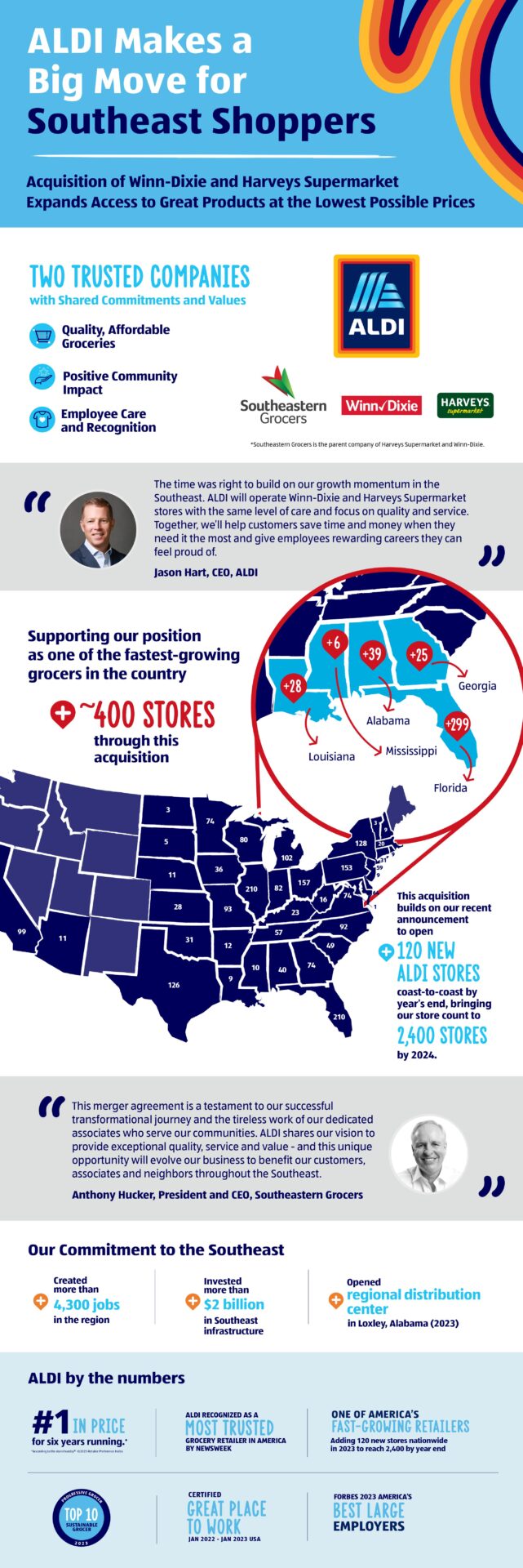
Credit: Aldi
We still have a lot of questions. Here are five of our most burning ones.
Question #1: What was Aldi’s primary motivation for acquiring SEG?
It’s no secret that Southeastern Grocers has been in trouble for a while. The company filed for Chapter 11 bankruptcy in 2018, and while it continued to operate after its restructuring, its future remained cloudy. This was a company that certainly was ripe for an acquisition, should the right buyer come along. We now know that the right buyer was Aldi.
But why did Aldi do it?
We see two leading possibilities, one or both of which might be true.
One, Aldi acquired Southeastern Grocers to establish new footholds while augmenting existing ones. This certainly fits the facts. The purchase lands Aldi right in the middle of the Southeast United States. In some areas, like much of Alabama, Aldi has a chance to plant stakes for the first time. In other areas, like Florida, Aldi has a chance to dramatically improve its presence. The latter is particularly important: Aldi is in line to pick up nearly 300 stores in the Sunshine State alone, including several in the red-hot Orlando market.
Two, Aldi made the purchase to cut off the competition. Sure, Aldi stood to gain from the purchase, but it might have been just as much (or even more) about making sure some other grocery giant didn’t swoop in instead. Last year, it was widely speculated that Kroger was a potential suitor for SEG, since Kroger has next to no presence in Florida. The problem was, Kroger had just acquired another grocery chain, Albertsons, and it was unclear if the company could take on another major acquisition. It is conceivable that Aldi, ever the aggressive competitor, wanted to make sure Kroger never had that chance.
We wouldn’t be surprised if the answer was a little bit of both, but we’d be curious to know which of the two was the bigger conversation topic among Aldi leadership. We’d also be the first to admit that there may be other considerations we aren’t aware of.
Question #2: What will Aldi do with each of its new properties?
It’s a given that a significant number of these Winn-Dixie and Harveys properties will be converted to Aldi stores. Aldi US’s CEO, Jason Hart, has made that clear. In addition, because Aldi has a smaller footprint than Winn-Dixie or Harveys it would seem all but certain that Aldi will find itself with excess real estate, which it could conceivably lease or sell off to other retailers.
It’s also a given that many Winn-Dixie and Harveys locations will remain in operation as they are, at least in the near term. Hart made that clear, too.
But what will that mix ultimately look like? What percentage of Winn-Dixie and Harveys locations will convert to Aldi? What percentage will not? What specific stores will change? Will there be certain concentration points for conversion, or will it be more evenly distributed?
We don’t know, and it’s possible Aldi leadership is still weighing those questions. Nothing will happen, of course, until the deal is done in 2024, but it will be something to watch as Aldi decides the fate of each and every SEG grocery location.
Question #3: Can Aldi and Winn-Dixie coexist?
In the near future, we expect SEG to operate Winn-Dixie and Harveys much as it did before the acquisition. One would expect that, during the early parts of the transition, Aldi would want many of SEG’s existing staff to help with continuity while Aldi gets a handle on operations.
What about in the years to come? We’re not sure. At least one grocery insider that we spoke to was skeptical about whether or not Aldi would hold on to Winn-Dixie and Harveys stores long-term. It’s not hard to see why they thought so.
Aside from the fact that both of them sell groceries, Aldi and SEG couldn’t be more different. Aldi is a small inventory grocer rooted in private labels, simplicity, and efficiency. Winn-Dixie and Harveys are traditional large inventory grocers, with square footage more than double that of the average Aldi. What’s more, the SEG grocers offer more name brands and amenities, and they run weekly sales and promotions. Some of those things will shift ahead of the acquisition — Winn-Dixie is shutting down its pharmacy, for instance — but much of the operation will remain as is.
Aldi US is intimately familiar running the Aldi model. By contrast, the grocer has no experience running the Winn-Dixie / Harveys models outside of whatever insight some of its internal staff might bring from other grocers. This isn’t like Aldi Nord running Trader Joe’s stores, which are similarly sized and private label-heavy. To us, this appears more of a challenge, a bit like an NFL team trying to assume operations over a Division 1 college football program.
Aldi brass has stressed that an unnamed number of Winn-Dixie and Harveys Supermarkets will remain as is. Will that be for the foreseeable future? Or will Aldi eventually flip its unconverted Winn Dixie and Harveys locations to another buyer? If so, when? We have no real answers here.
Question #4: Will Winn-Dixie and Harveys start looking more Aldi-like?
This is no small question. Winn-Dixie shoppers may wonder if they will start seeing those inexpensive Aldi brands in their stores, or if Winn-Dixie grocers will be bagging their own groceries or putting quarters into carts. One writer for the Miami Herald, for example, seems to think all of these things will inevitably happen.
On the Aldi brand front, we could see it going either way. We could envision a scenario where a handful of Aldi private labels might pop up in SEG stores, perhaps even as replacements for Winn-Dixie or Harveys store brands, much like Kroger does with Ruler Foods. Conversely, we could also see a scenario in which Aldi continues to let Winn-Dixie operate as a separate grocery universe, with no overlap between the two. The second scenario seems more likely to us — Aldi may not want to dilute their private label brand, especially in markets where Aldi and Winn-Dixie / Harveys both exist — but we can’t say for certain.
Regarding the other possible changes, we’re more skeptical. We would be surprised to see Aldi practices such as self-bagging or quarters for carts appear in Winn-Dixie or Harveys. Those changes would require costs upfront, and they may not play out well with the shoppers who frequent Winn-Dixie and Harveys stores … shoppers who may have different expectations than the average Aldi shopper.
It’s by no means a blueprint, since we’re talking separate situations, but we can’t help but think about the relationship between Aldi Nord and Trader Joe’s. Trader Joe’s products show up in Aldi Nord stores overseas, but Trader Joe’s does not stock Aldi Nord products, and TJ’s doesn’t use quarters for carts or make shoppers bag groceries. If you go into a Trader Joe’s, you won’t spot a shred of evidence that it is owned by Aldi Nord.
If we were to guess now, we have a feeling that Aldi will exhibit a light touch with making changes to the Winn-Dixie / Harveys ecosystem. That is especially true if, with respect to the previous question, Aldi doesn’t plan to make the SEG stores a long-term part of its grocery portfolio.
Question #5: What will this mean for suppliers?
Behind each grocery store is an army of suppliers that deliver the goods to those grocers. Aldi private labels, for instance, aren’t separate companies, but are instead labels for an array of businesses — some small, some large — that agree to sell their own products under Aldi house brands. Over the years, we’ve seen countless Aldi products that are obviously rebranded name brands.
There are a legion of food and non-food suppliers who are no doubt eyeing this acquisition, both those who work with Aldi and those who have worked with SEG. There will no doubt be winners and losers here. We suspect that those suppliers who have foreseen the possibilities and worked the hardest to establish operations in the Southeast could end up benefitting in a big way. Aldi is only going to grow in this region in the years to come, and with that will be an increased need for food and non-food suppliers to stock those new shelves.
Stay tuned.
What burning thoughts or questions do you have about the Aldi acquisition of Southeastern Grocers? Let us know your thoughts in the comments.

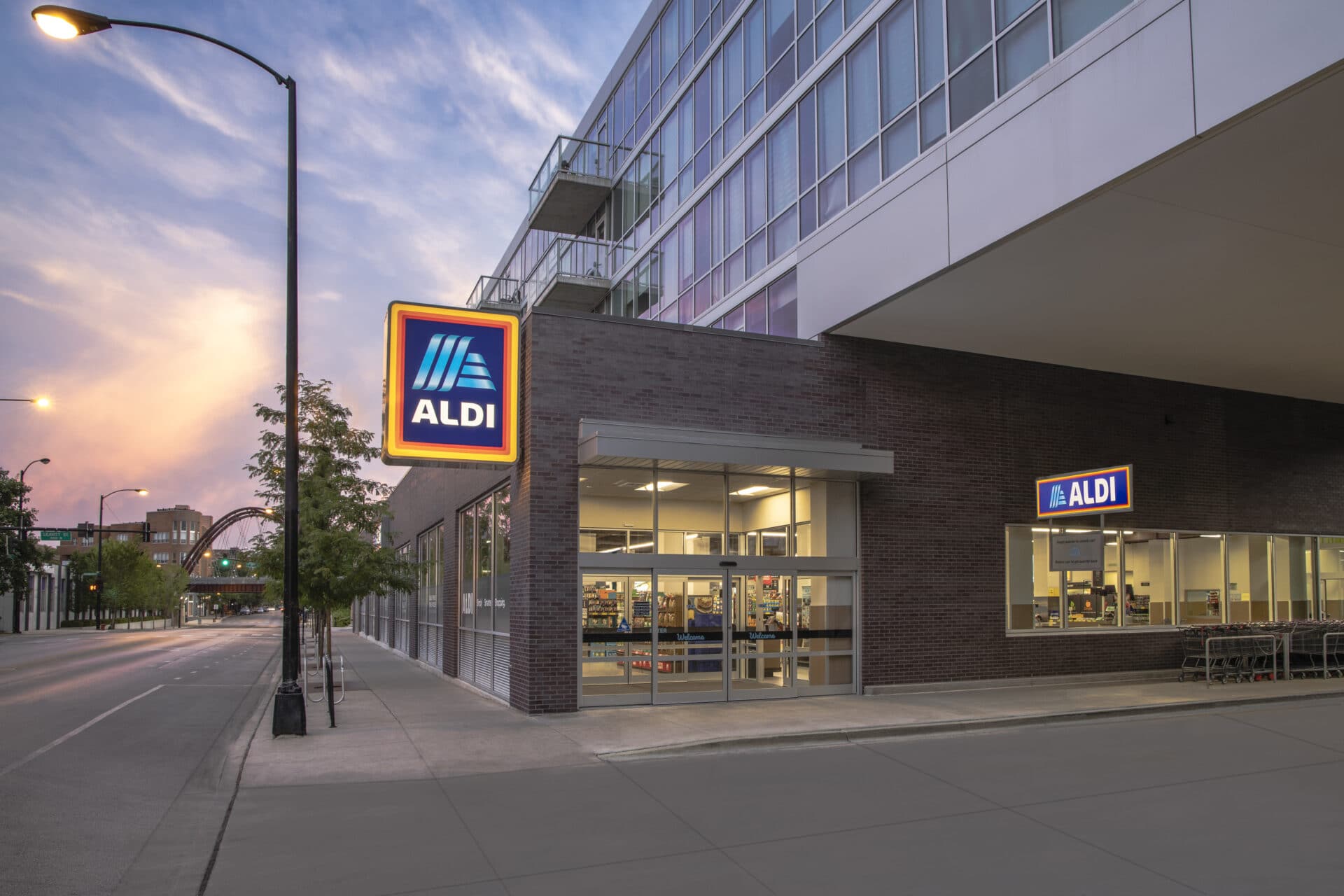
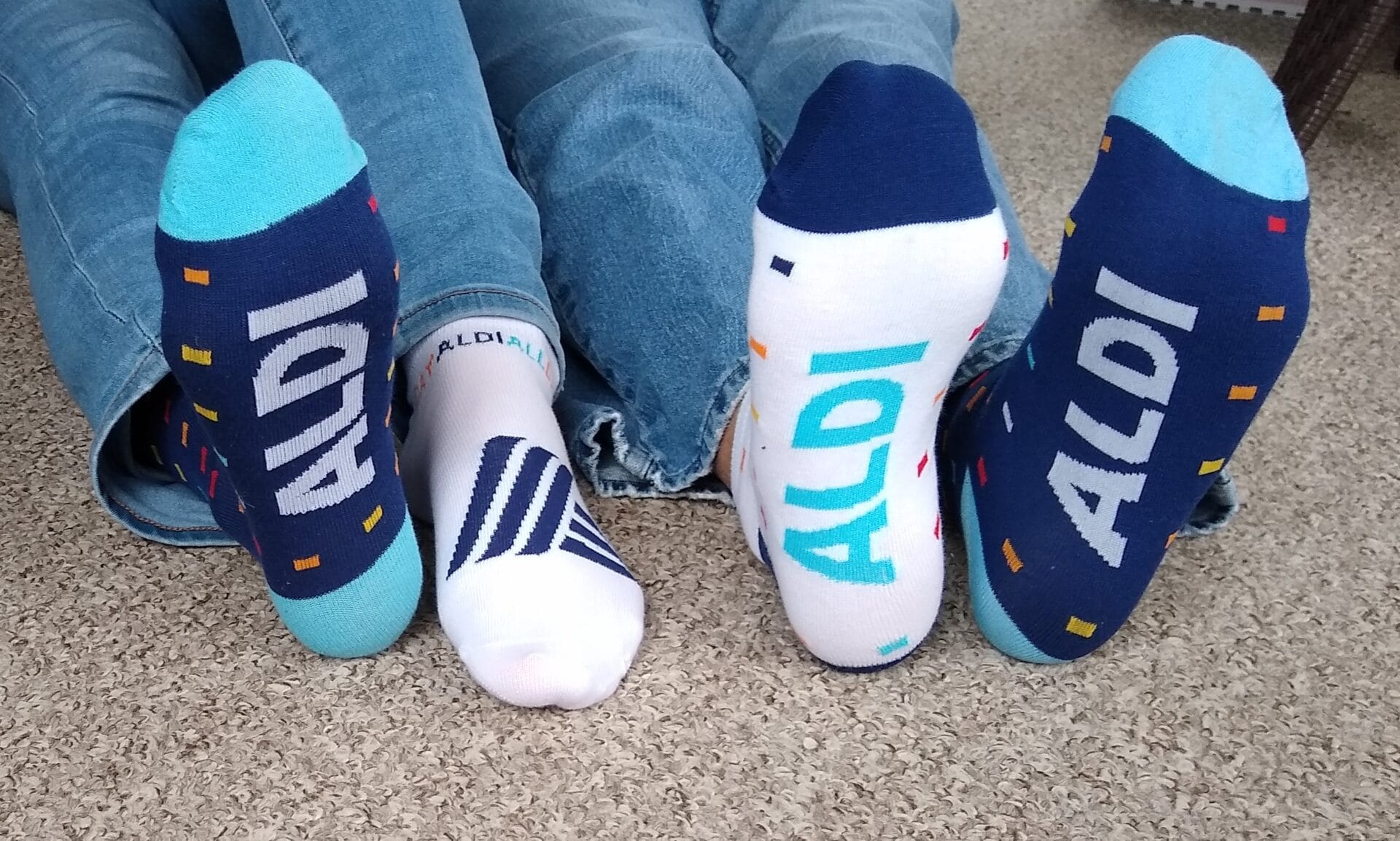
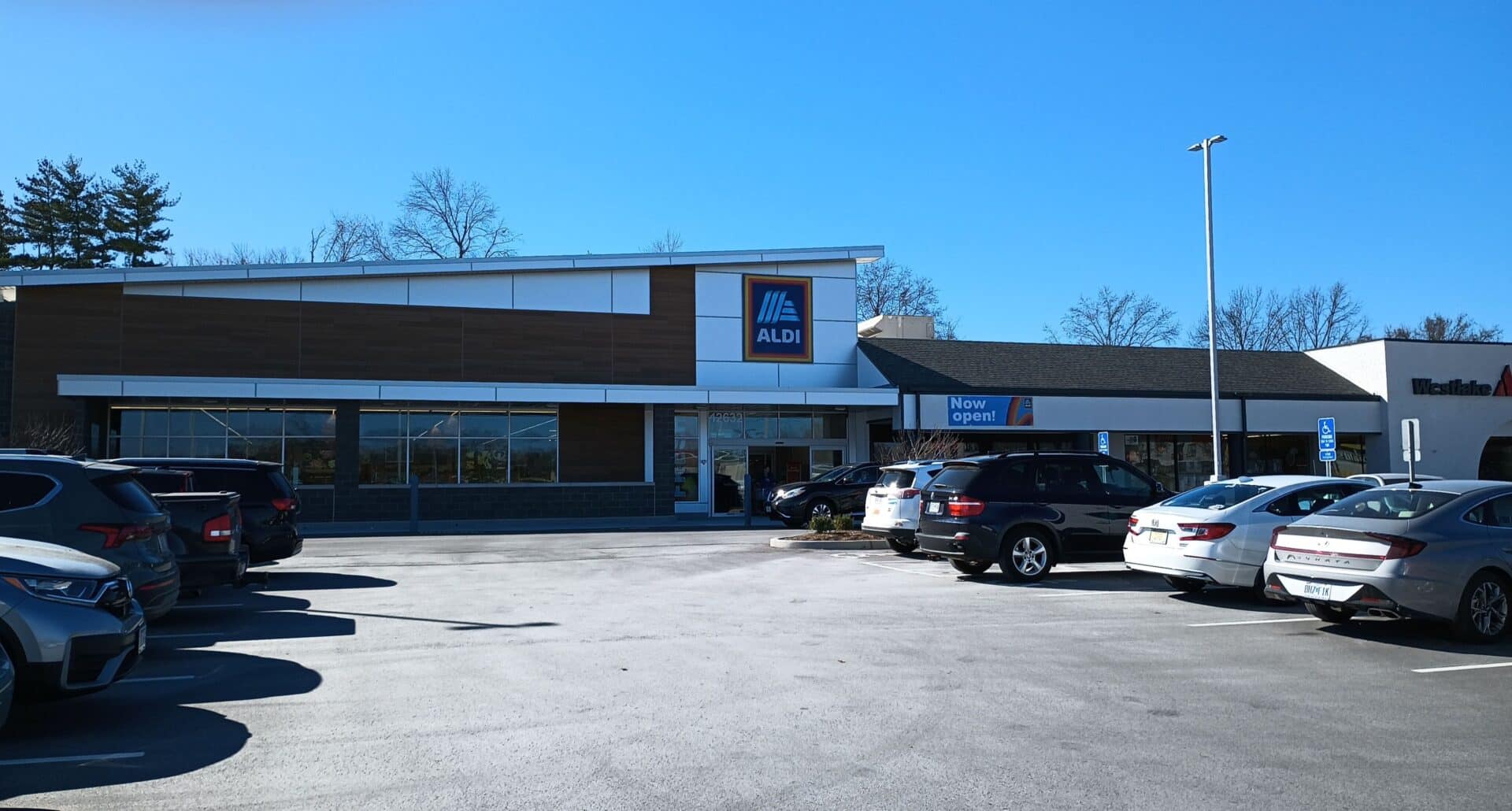
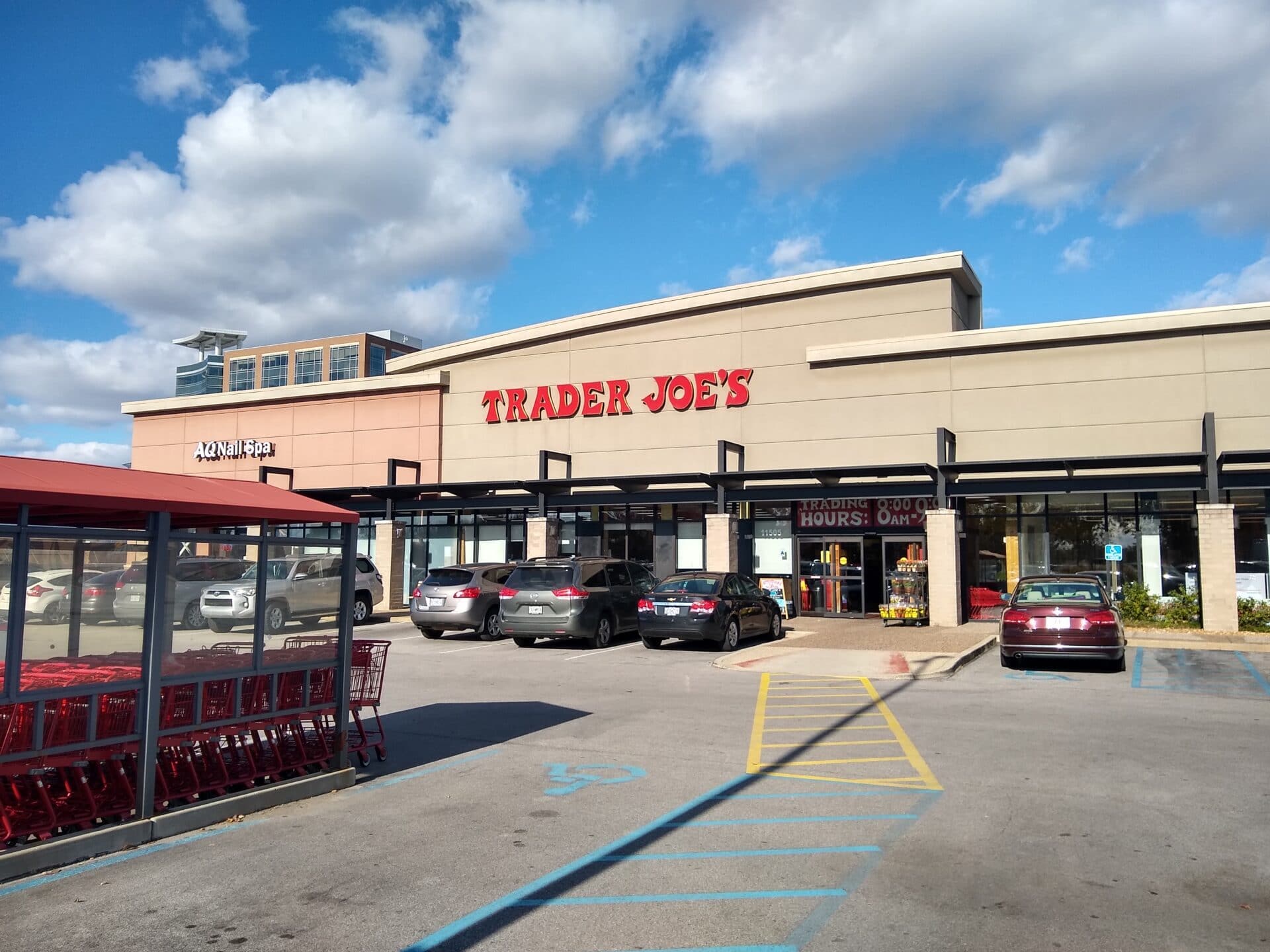
Will Aldi expand on European food items, like smoked sausages, meats, bakery on premises featuring German breads and rolls, I’m originally from Austria and there Aldi is Hofer, selling everything including alcohol
The Aldi’s near by to me started out great, but recently has become messy and lacking items on their shelves and their produce is awful. I am not a big fan of Winn Dixie, but much better than Aldi’s. I wish Trader Joe’s or Ingles would come to my area of Florida.
Exactly the opposite of what has happened in my part of Florida. W-D starts out nice and neat and clean and becomes dirty. Aldi is always clean, neat, etc. In fact one of the newer W-D’s in this area gave up and is now A wal-mart,
A well thought out and nicely presented analysis, Joshua.
A few years ago, Kroger bought out a well liked Chicago area chain called Mariano’s. No great changes at first, but Kroger brand items started to show up early on. Gradually, Mariano’s lost it’s uniqueness, and became Kroger with a different name.
I expect they just wanted the real estate from this deal, and they will exhibit a “light touch”, as you say, because that would seem to fit their style. Eventually, the locations they wanted will be converted to conventional Aldi stores, with the remainder to be sold off.
I love Aldi’s! I have told so many people about the store vs Publix!
I don’t care for Trader Joe’s, as I think everything branded Trader Joe’s makes it look cheap like all generic. There are not many choices either. It is like 1 of each on some items. The largest space is used on flowers, produce, cheese and wine!